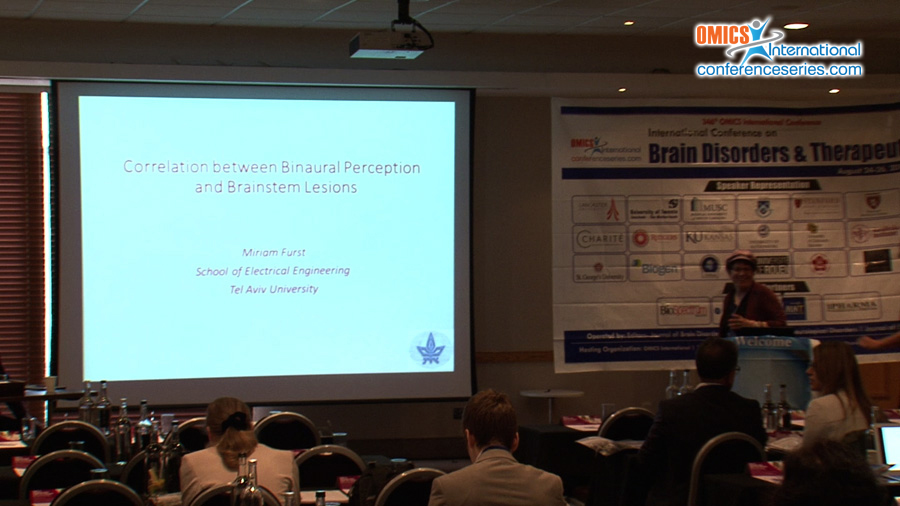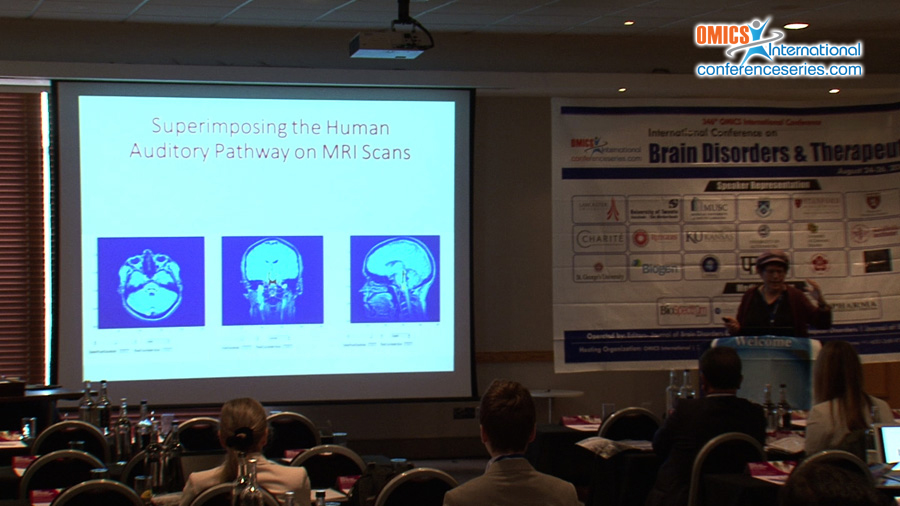
Miriam Furst-Yust
Tel Aviv University, Israel
Title: The correlation between binaural perception and brainstem lesions
Biography
Biography: Miriam Furst-Yust
Abstract
Multiple sclerosis (MS) is a disease that is both a focal inflammatory and a chronic neurodegenerative disease. The focal inflammatory component is characterized by destruction of central nervous system myelin including the spinal cord; as such it can impair any central neural system including the auditory system. While on the one hand auditory complaints in MS patients are rare compared to other senses, such as vision and proprioception, on the other hand auditory tests of precise neural timing are never “silent.†Whenever focal MS lesions are detected involving the pontine auditory pathway, auditory tests requiring precise neural timing are always abnormal. Azimuth sound localization is accomplished by comparing the timing and loudness of the sound at the two ears. Hence tests of azimuth sound localization must obligatorily involve the central nervous system and particularly the brainstem. Whenever a focal lesion was localized to the pontine auditory pathway, timing tests were always abnormal. A timing test that included only high frequency sounds was very often abnormal even when there was no detectable focal MS lesion involving the pontine auditory pathway. This test may be a marker for the chronic neurodegenerative aspect of MS, and, as such could be used to complement the MRI scan in monitoring the neurodegenerative aspect of MS. Studies of MS brainstem lesion location and auditory function have led to advances in understanding how the human brain processes sound. The brain processes binaural sounds independently for time and level in a two stage process. The first stage is at the level of the superior olivary complex (SOC) and the second at a level rostral to the SOC.
Speaker Presentations
Speaker PDFs
Speaker PPTs Click Here




